Advertisement
Dread Flats
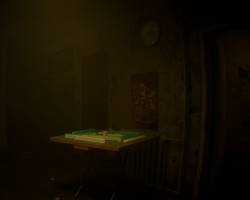
Dread Flats places players in the heart of a dilapidated apartment complex rumored to be cursed. Stepping into the role of an ordinary individual with a personal motive, you must investigate the building’s eerie history and its connection to a string of mysterious disappearances. With each creaking floorboard and flickering hallway light, the sense of unease grows stronger, hinting that something unnatural resides within the walls. This first-person horror game leans heavily into exploration, subtle psychological dread, and environmental storytelling rather than direct confrontation.
Unraveling the Past Through Observation
The gameplay encourages players to examine their surroundings with care. Every newspaper clipping, scribbled note, or static-laced television set adds a piece to the larger puzzle. Rooms feel lived-in but abandoned in haste—tables left half-set, radios still tuned to static. Players must open cabinets, fix power connections, and unlock hidden doors while deciphering fragments of a larger narrative. There is no combat, only the slow realization that someone—or something—may still be watching.
Key Features and Gameplay Elements
While the horror is not based on direct threats, the tension is built through atmospheric mechanics and subtle interactions:
- Carefully inspect rooms for interactive items and narrative clues
- Monitor closed-circuit cameras to track changes in the environment
- Solve environmental puzzles to progress through sealed-off areas
- Experience moments of unreality, including looping corridors and phantom sounds
- Make choices that affect how the story unfolds and what truths are revealed
The game’s mechanics are minimal but purposeful, allowing the player to immerse themselves fully in the mystery.
A Quiet Descent Into Dread
Dread Flats does not rely on loud surprises or visible monsters. Instead, it traps the player in a feeling of constant discomfort. Long, narrow hallways stretch on too far. Lights behave strangely. Sounds echo from nowhere. As players descend through deeper floors, they uncover twisted bits of lore and haunting suggestions of what went wrong in the building’s past. The story blurs reality and imagination, especially as the protagonist begins to question their own memories and intentions.
Ultimately, Dread Flats offers a horror experience centered around psychological strain and creeping suspense. Its visual style, slow pace, and grounded realism make it unsettling in a way that lingers. The more you uncover, the more the building itself seems to resist your presence—until you’re no longer sure if escape is even possible.
Advertisement









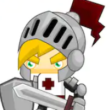










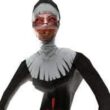




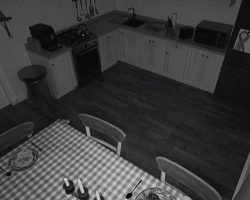

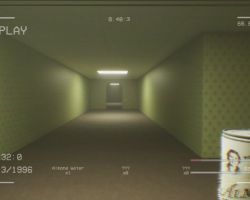
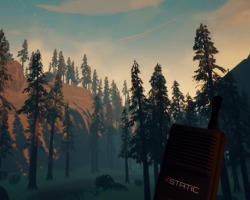

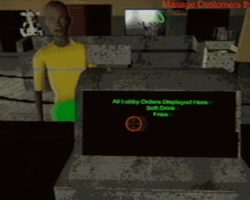
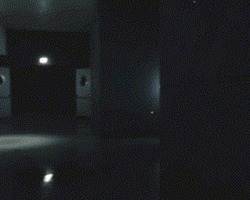
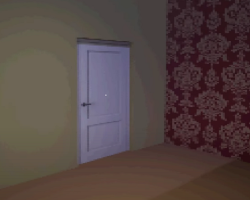
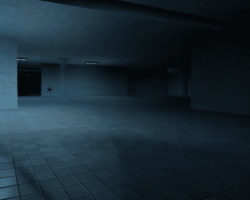







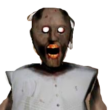

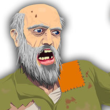



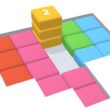











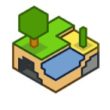

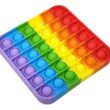
























Comments